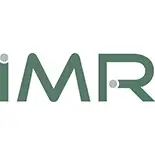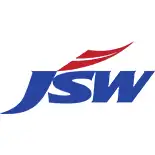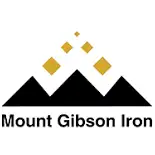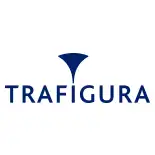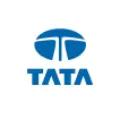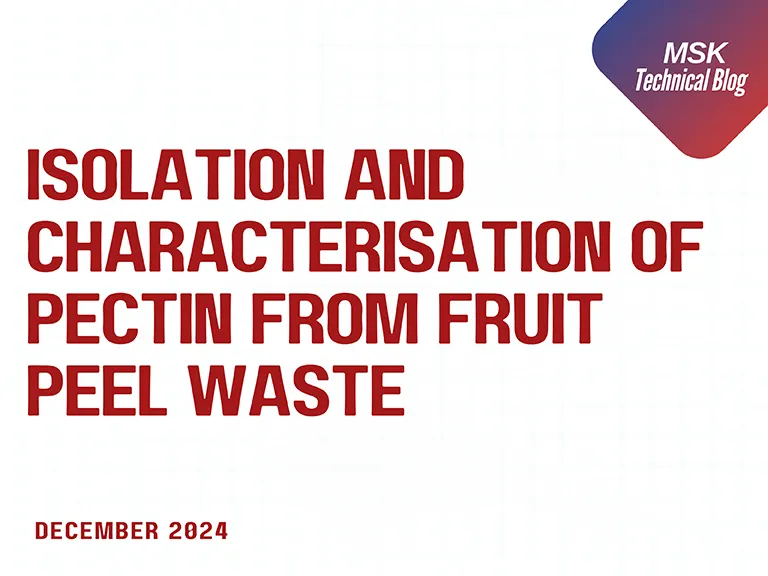
Mr. Gaurav Kumar, Ms. Sudeshna Bhattacharya & Dr. Nandita Das
Fruit peel waste, a byproduct of fruit consumption and production, poses significant environmental challenges due to its inedibility and perishable nature. Embracing a circular economy approach, this study explores fruit peel waste as a sustainable and renewable resource for pectin extraction. Pectin, a soluble fiber prevalent in citrus fruits, apples, and berries, serves as a key ingredient in food applications like thickeners, gelling agents, and stabilizers. This work investigates the extraction and characterization of pectin from four fruit peel types—mosambi, banana, mango, and pomegranate—to provide a cost-effective alternative to imported pectin.
Pectin, a complex polysaccharide found in plant cell walls, is a valuable component in various industries. It is composed of D-galacturonic acid units connected by α-(1,4) glycosidic bonds. Its composition and structure depend on its source, plant maturity, and extraction conditions. Pectin has numerous applications in food products such as jams, jellies, low-fat spreads, and dairy items. Beyond its functional uses, pectin consumption also offers health benefits like lowering LDL cholesterol levels by trapping cholesterol molecules in the intestines.
This study focuses on utilizing fruit peel waste to extract and characterize pectin, providing a sustainable alternative to imported pectin and contributing to environmental conservation.

• Fruit peels (mosambi, banana, mango, pomegranate)
• Distilled water
• Ethanol
• Acid (e.g., hydrochloric acid)
• pH meter
• Heating apparatus
• Filtration equipment
• Centrifuge (optional)
• Analytical balance
• Drying oven
• Beakers, flasks, and glassware
1. Collect fresh fruit peels and wash thoroughly.
2. Dry peels at 40-50°C or under sunlight until completely dry.
3. Grind dried peels into fine powder.
1. Mix fruit peel powder with distilled water (1:10 w/v).
2. Adjust pH to 1.5-3.0 using acid.
3. Heat mixture at 80-90°C for 1-2 hours with stirring.
4. Filter the hot mixture to obtain pectin-rich filtrate.
1. Add ethanol (2:1 v/v) to the filtrate to precipitate pectin.
2. Wash precipitated pectin with ethanol to remove impurities.
3. Dry the pectin at 40-50°C to obtain a dry powder.
Yield Calculation
Yield (%) = (Dry pectin weight / Fruit peel powder weight) × 100
Moisture Content
Determine moisture content by drying pectin at 105°C until a constant weight is achieved.
Degree of Esterification (DE)
• Equivalent Weight: Determined via titration with NaOH.
• Methoxyl Content: Measured by saponification of pectin and titration of liberated carboxyl groups.
• Anhydrouronic Acid Content (AUA): Calculated using equivalent weight and methoxyl values.
% DE = (176 × % Methoxyl Content) / (31 × % AUA) × 100

Pectin extracted from fruit peel waste can be applied in food industries, notably for:
• Jam and jelly preparation
• Dairy product stabilization
• Functional health products
This study highlights the potential of fruit peel waste as a cost-effective and sustainable source of pectin. By transforming waste into a valuable resource, this approach supports environmental conservation and offers economic benefits to industries reliant on pectin.

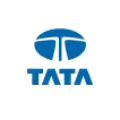
Chief Operation, FAMD, Tata Steel Limited..


Sr. General Manager,, Emirates Trading Agency L.L.C..


Mines Manager, Hindustan Zinc Limited, a Vedanta Company.


General Manager, Stevin Rock L.L.C..


Executive Vice President (Works),, DCW Limited.

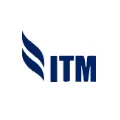
AVP – Coal Quality & Sales Compliance Head,, PT Indo Tambangraya Megah Tbk (BANPU).

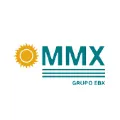
Laboratory Head, MMX.

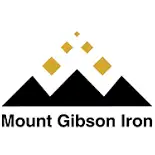
Shipping Administrator, Mount Gibson Iron Limited.

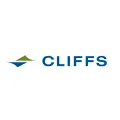
Senior Director – Asia Pacific Iron Ore Sales,, Cliffs Natural Resources Pty Ltd..

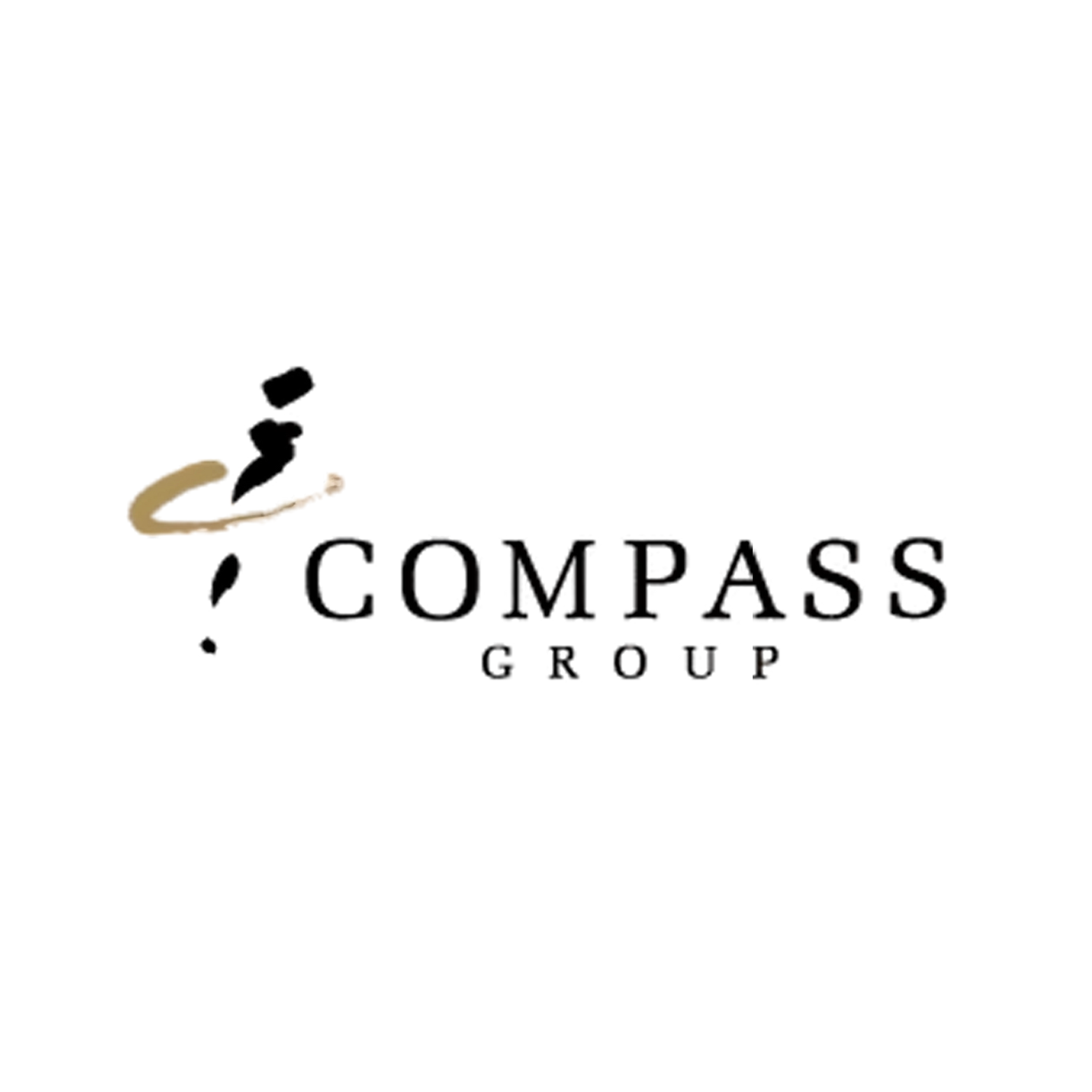
Member, Compass Group (India) Pvt. Ltd.
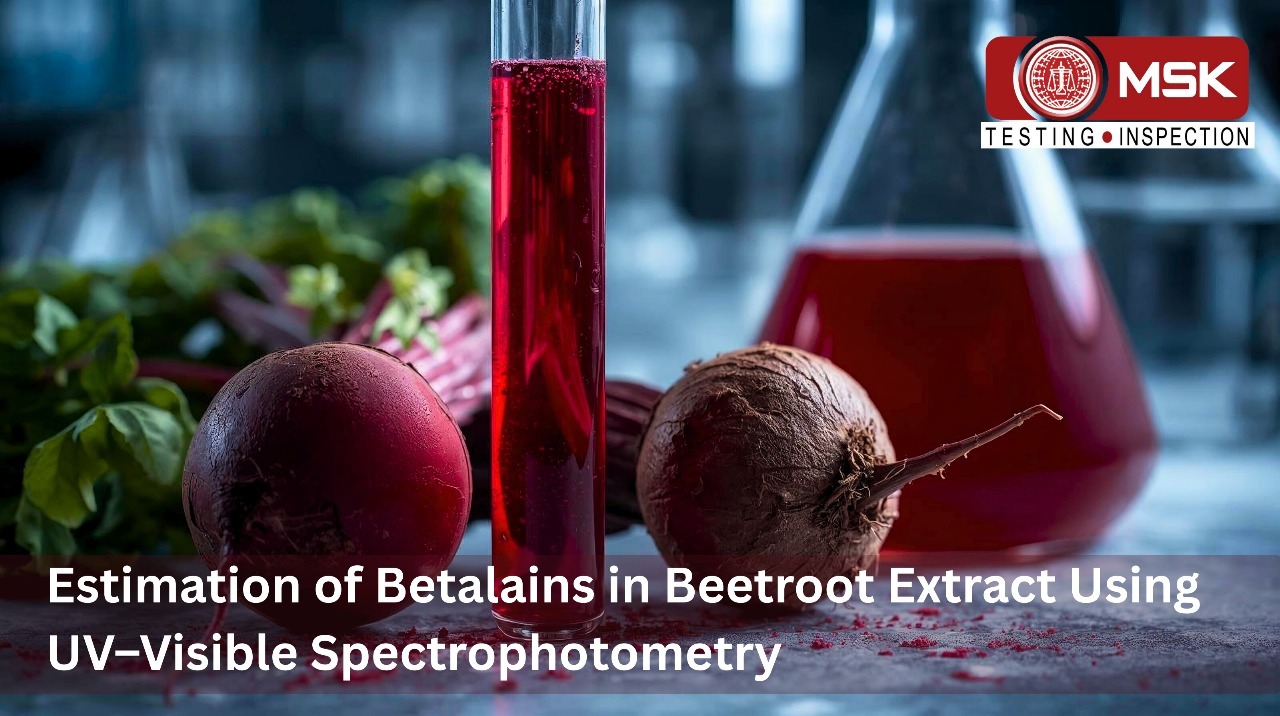
Posted on November 12 2025 By Mitra S.K ADMIN
Read More
Posted on September 23 2025 By Mitra S.K ADMIN
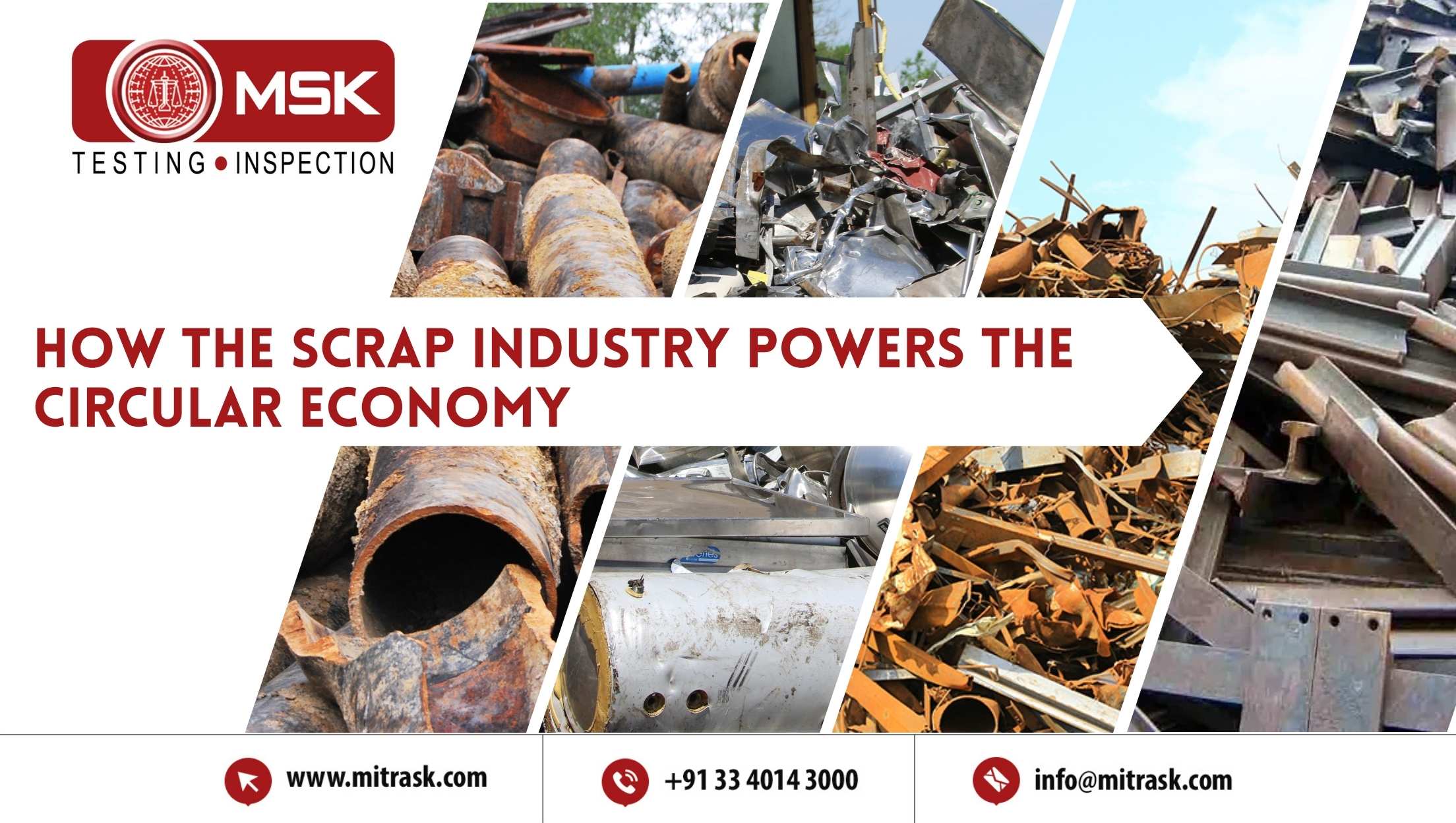
Posted on August 01 2025 By Mitra S.K ADMIN
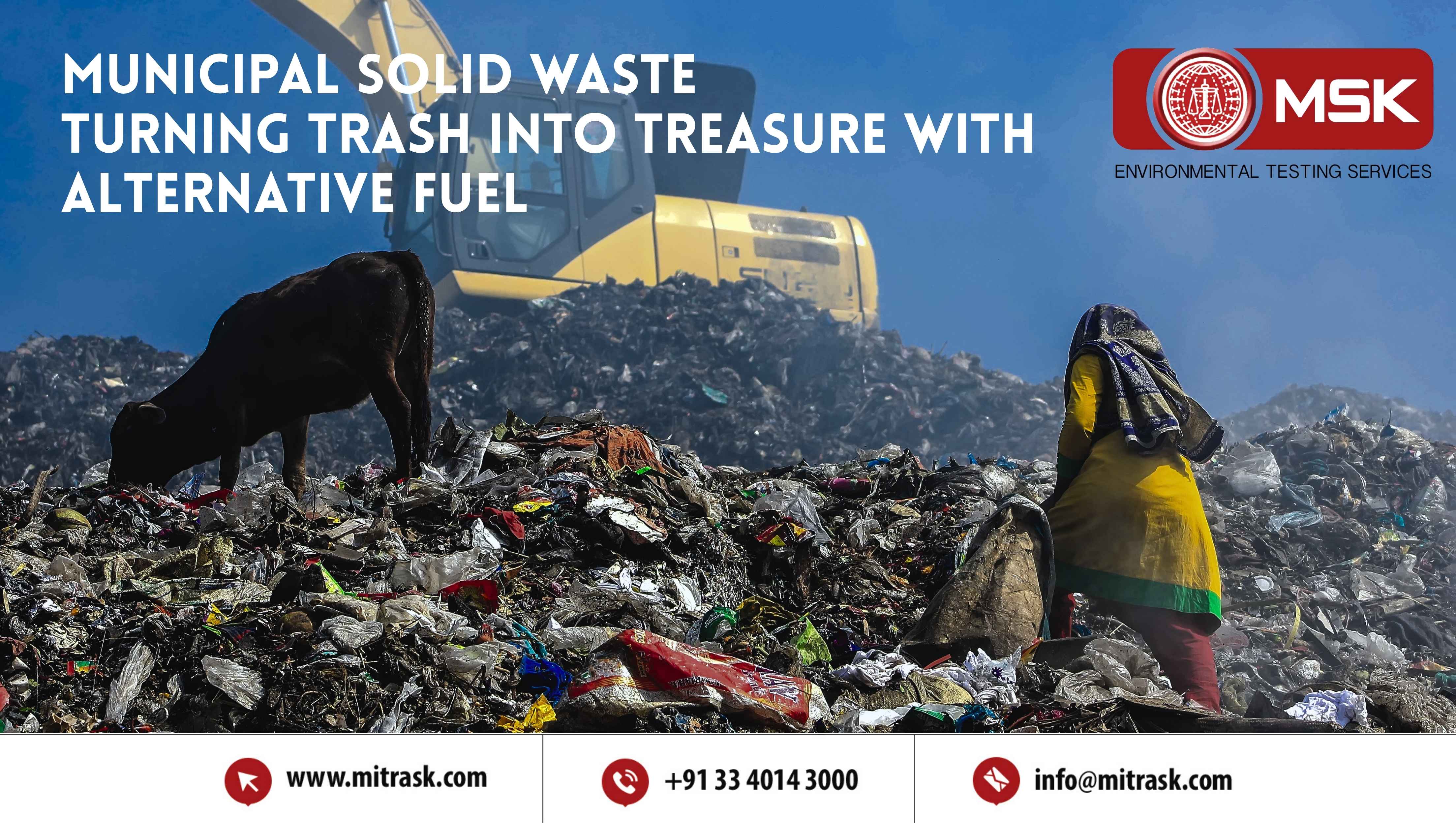
Posted on July 25 2025 By Mitra S.K ADMIN

Posted on July 18 2025 By Mitra S.K ADMIN

Posted on July 01 2025 By Mitra S.K ADMIN

Posted on May 22 2025 By Mitra S.K ADMIN

Posted on January 24 2025 By Mitra S.K ADMIN

Posted on January 24 2025 By Mitra S.K ADMIN
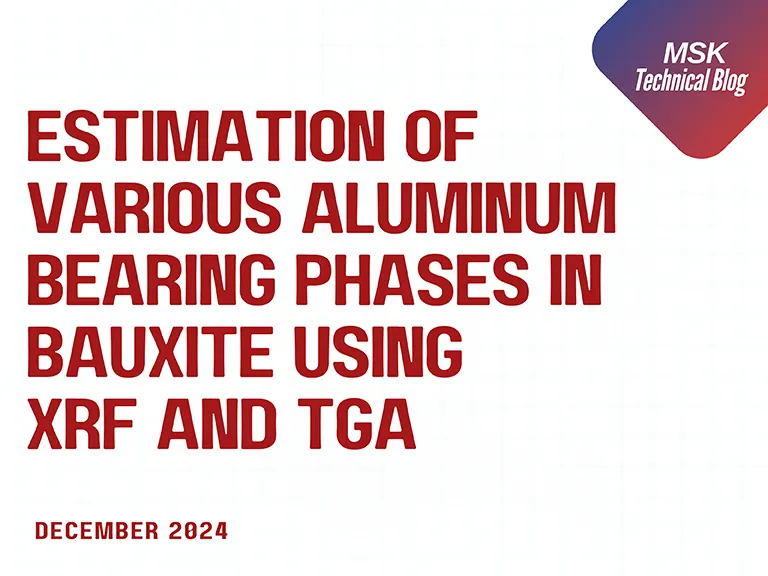
Posted on December 31 2024 By Mitra S.K ADMIN
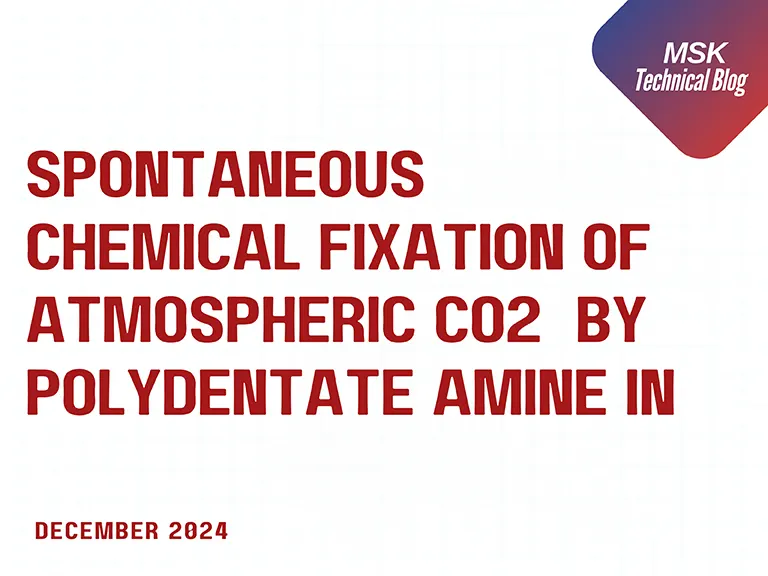
Posted on December 31 2024 By Mitra S.K ADMIN

Posted on December 31 2024 By Mitra S.K ADMIN

Posted on December 31 2024 By Mitra S.K ADMIN
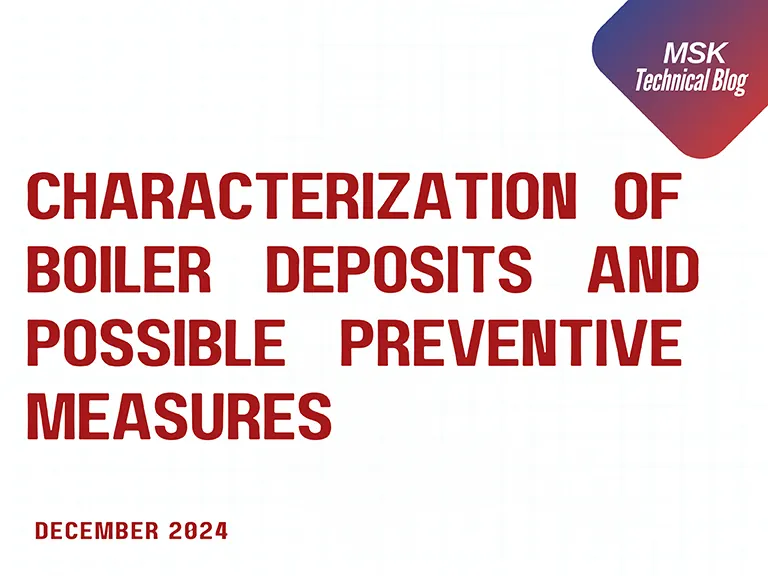
Posted on December 31 2024 By Mitra S.K ADMIN
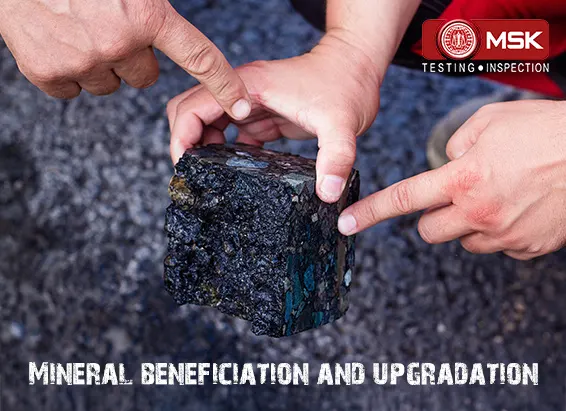
Posted on December 03 2024 By Mitra S.K ADMIN

Posted on October 17 2024 By Mitra S.K ADMIN

Posted on October 04 2024 By Mitra S.K ADMIN
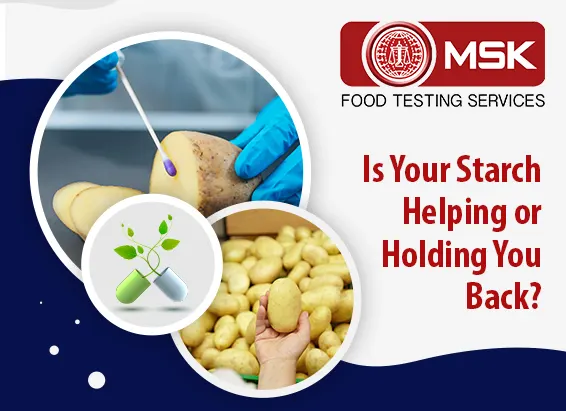
Posted on September 13 2024 By Mitra S.K ADMIN

Posted on August 27 2024 By Mitra S.K ADMIN
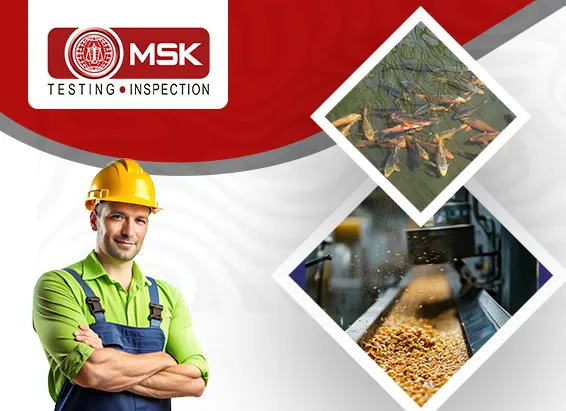
Posted on August 23 2024 By Mitra S.K ADMIN

Posted on June 27 2024 By Mitra S.K ADMIN

Posted on June 22 2024 By Mitra S.K ADMIN

Posted on June 15 2024 By Mitra S.K ADMIN

Posted on May 24 2024 By Mitra S.K ADMIN
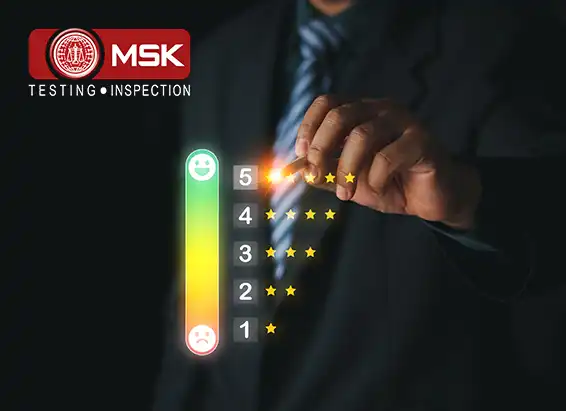
Posted on May 17 2024 By Mitra S.K ADMIN

Posted on May 09 2024 By Mitra S.K ADMIN
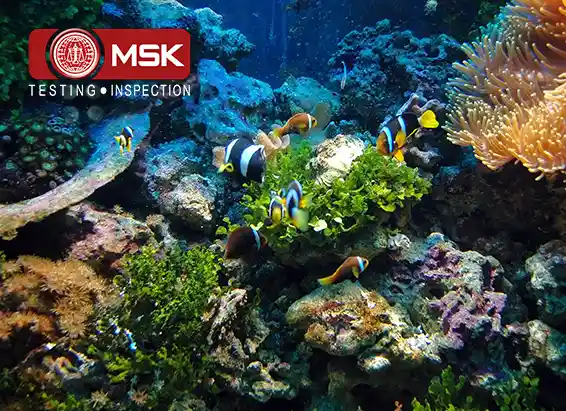
Posted on April 20 2024 By Mitra S.K ADMIN
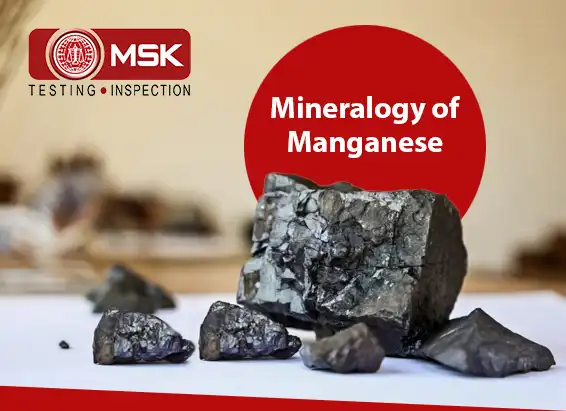
Posted on April 13 2024 By Mitra S.K ADMIN

Posted on April 30 2024 By Mitra S.K ADMIN

Posted on April 29 2024 By Mitra S.K ADMIN
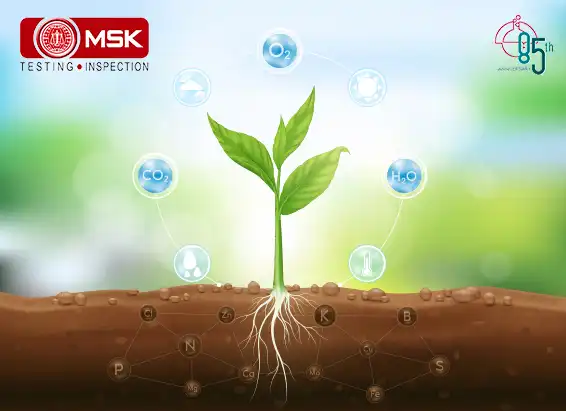
Posted on December 30 2023 By Mitra S.K ADMIN
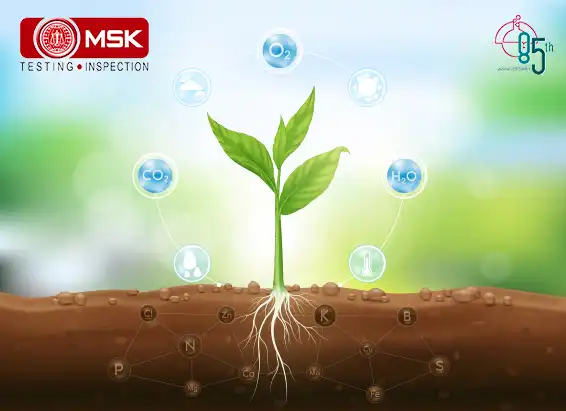
Posted on December 30 2023 By Mitra S.K ADMIN
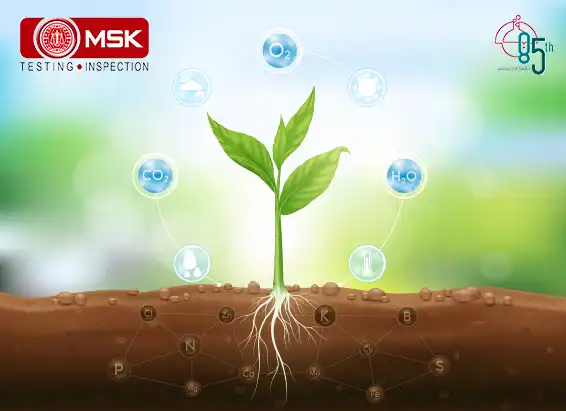
Posted on December 30 2023 By Mitra S.K ADMIN
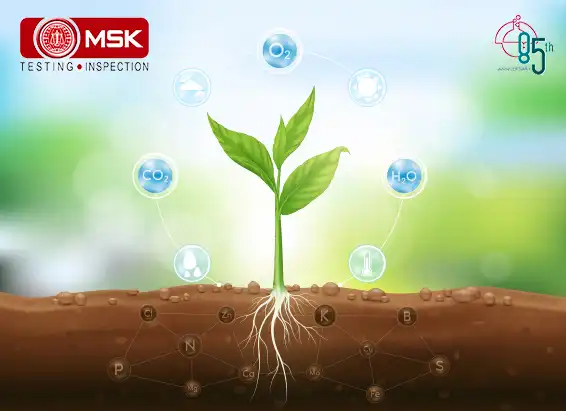
Posted on December 27 2023 By Mitra S.K ADMIN
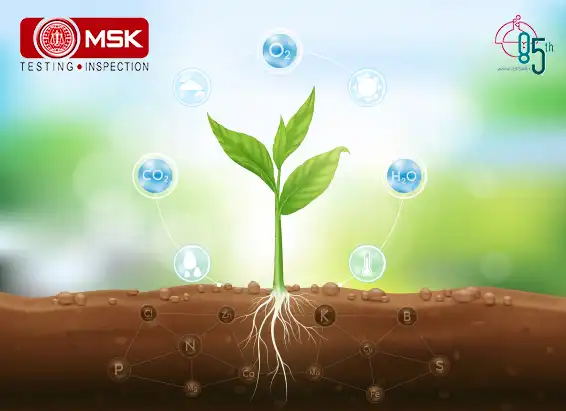
Posted on December 27 2023 By Mitra S.K ADMIN
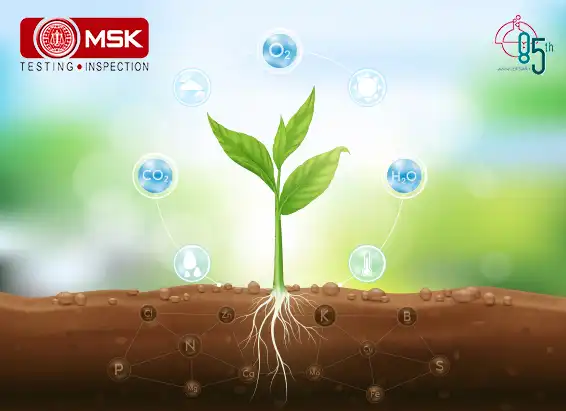
Posted on December 27 2023 By Mitra S.K ADMIN
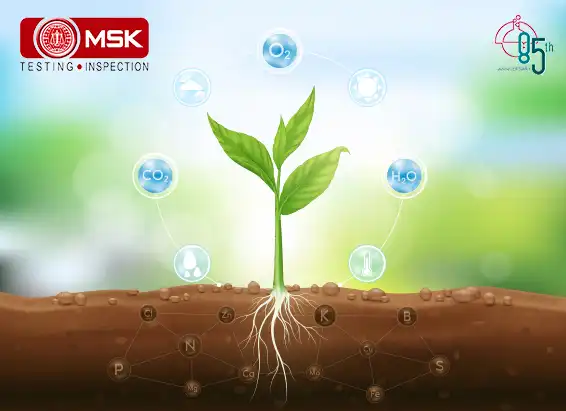
Posted on December 27 2023 By Mitra S.K ADMIN
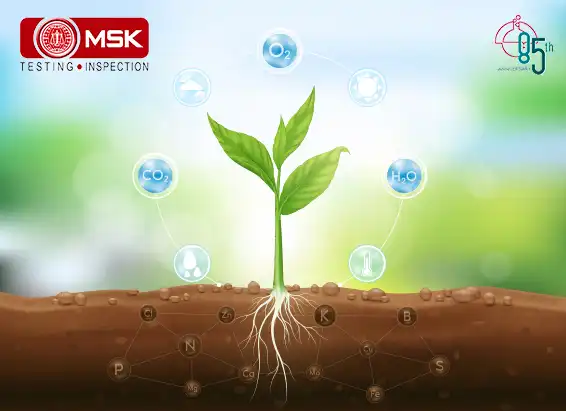
Posted on December 27 2023 By Mitra S.K ADMIN
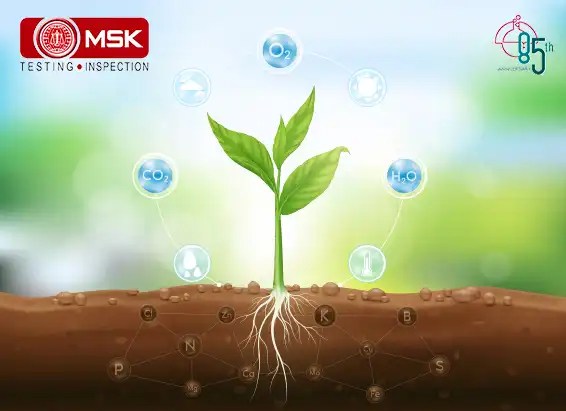
Posted on December 27 2023 By Mitra S.K ADMIN
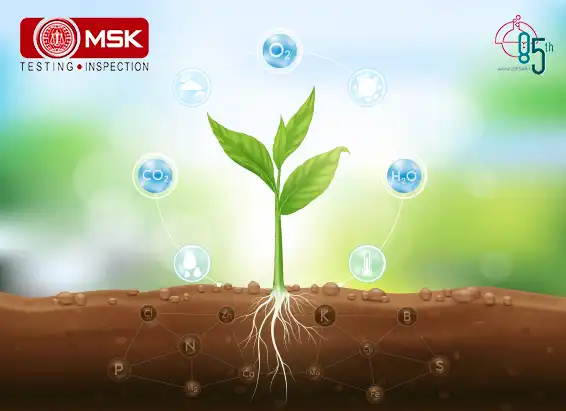
Posted on December 27 2023 By Mitra S.K ADMIN
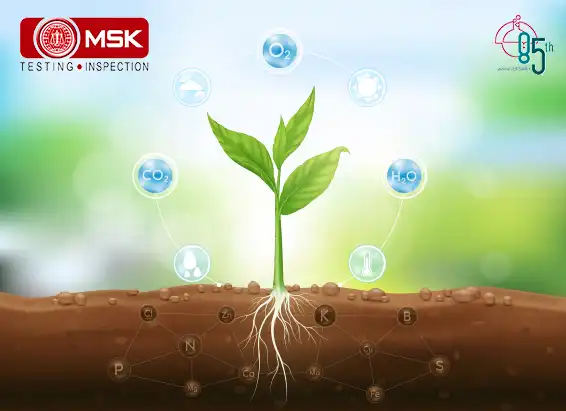
Posted on December 26 2023 By Mitra S.K ADMIN
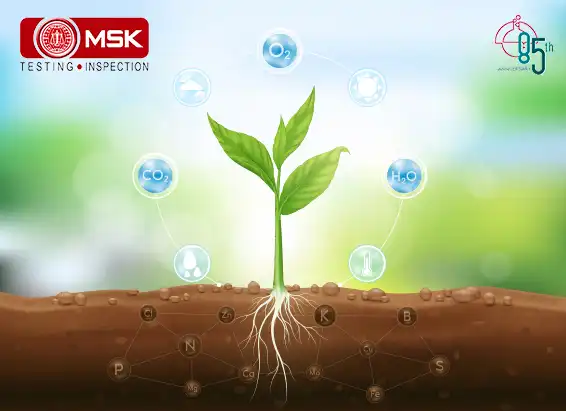
Posted on April 05 2022 By Mitra S.K ADMIN
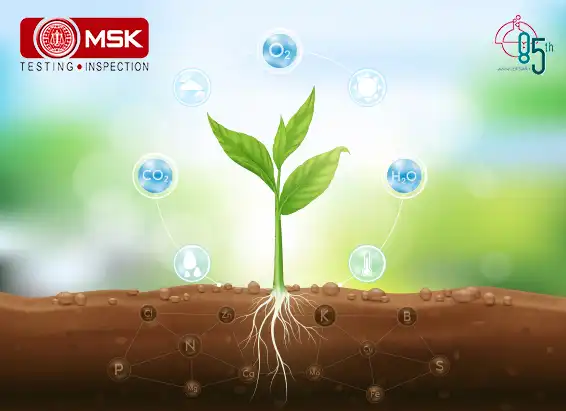
Posted on April 06 2022 By Mitra S.K ADMIN
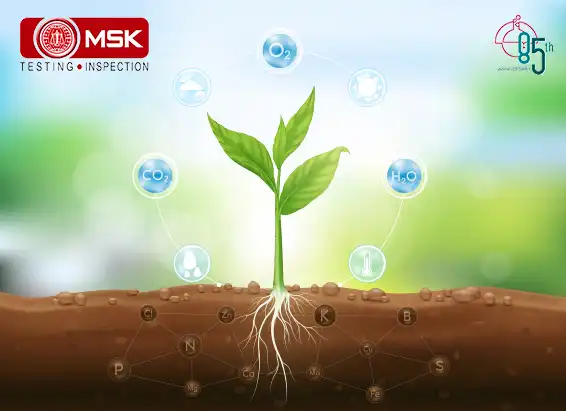
Posted on April 06 2022 By Mitra S.K ADMIN
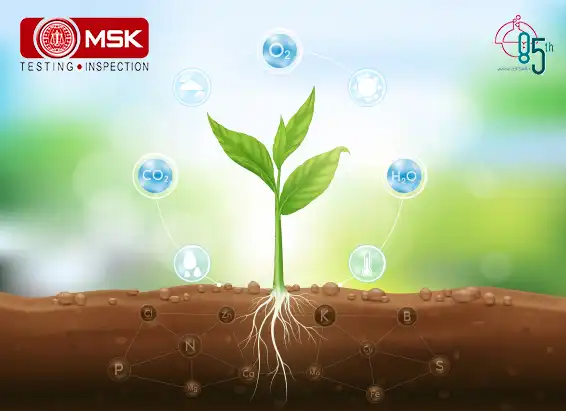
Posted on April 06 2022 By Mitra S.K ADMIN
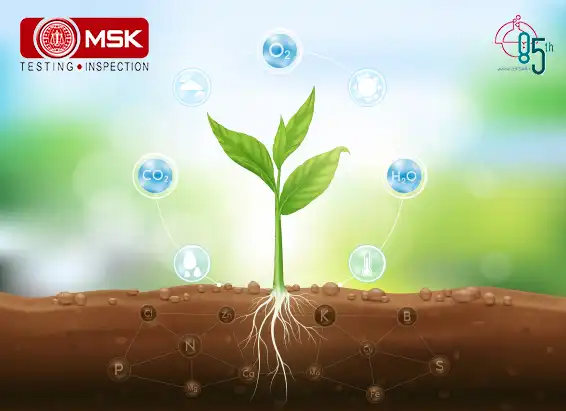
Posted on April 06 2022 By Mitra S.K ADMIN
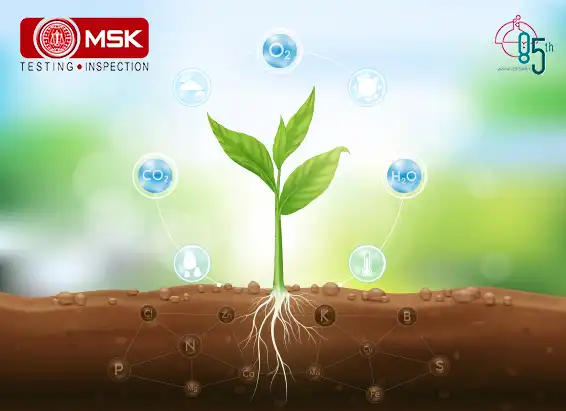
Posted on April 06 2022 By Mitra S.K ADMIN
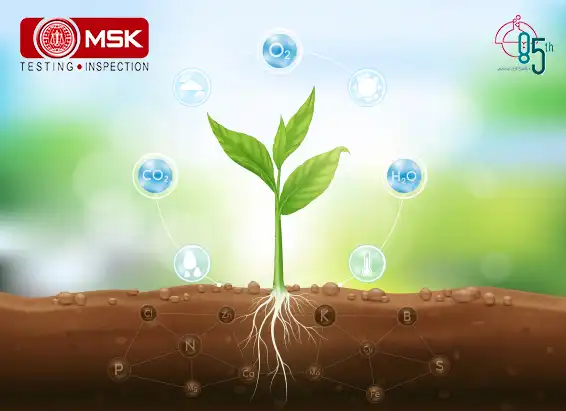
Posted on April 06 2022 By Mitra S.K ADMIN
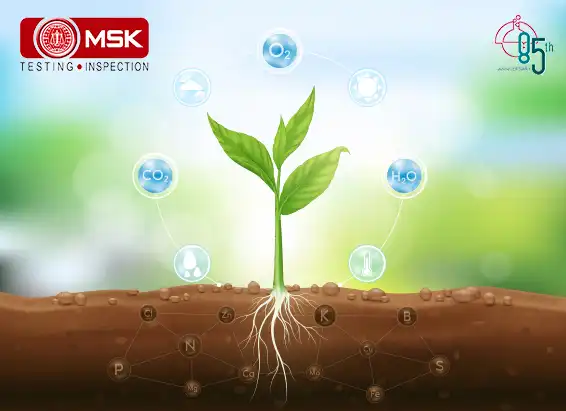
Posted on April 06 2022 By Mitra S.K ADMIN
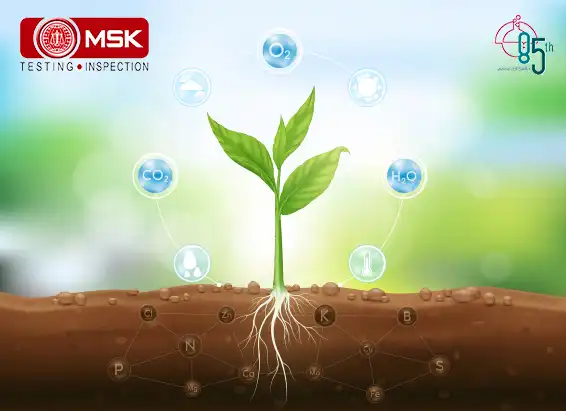
Posted on April 06 2022 By Mitra S.K ADMIN
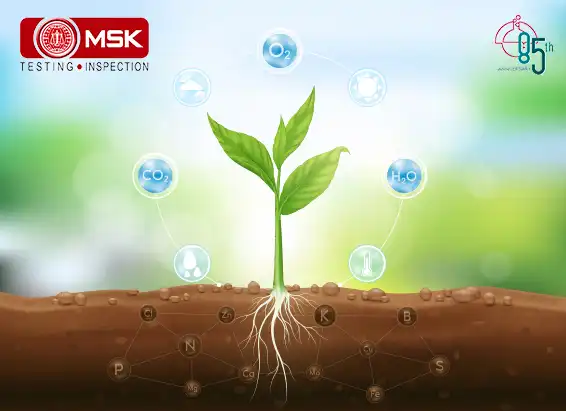
Posted on April 06 2022 By Mitra S.K ADMIN
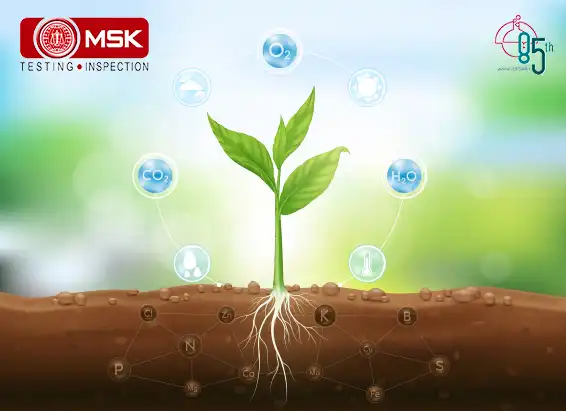
Posted on April 06 2022 By Mitra S.K ADMIN
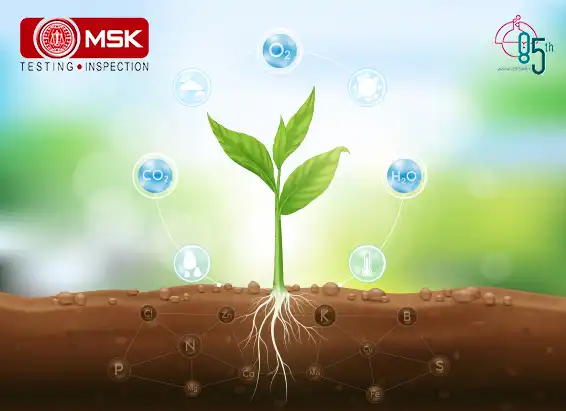
Posted on April 06 2022 By Mitra S.K ADMIN
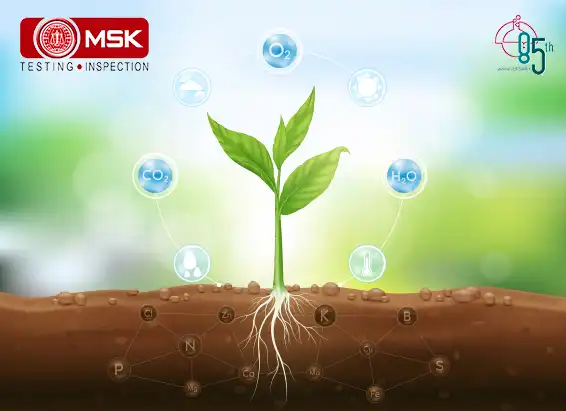
Posted on April 06 2022 By Mitra S.K ADMIN
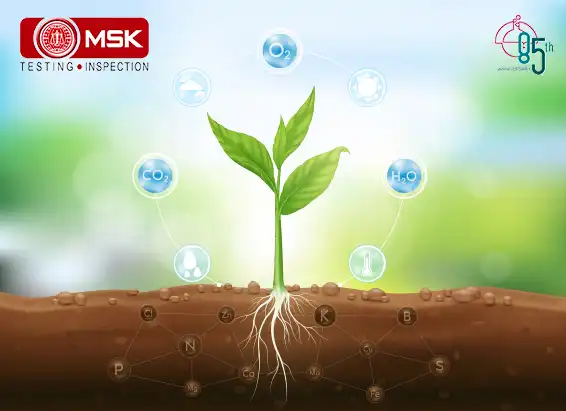
Posted on November 28 2022 By Mitra S.K ADMIN
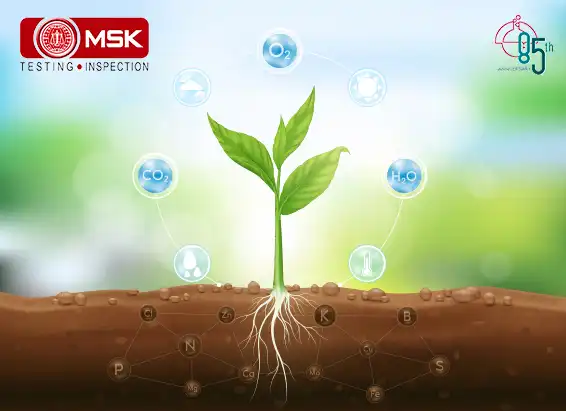
Posted on April 06 2022 By Mitra S.K ADMIN
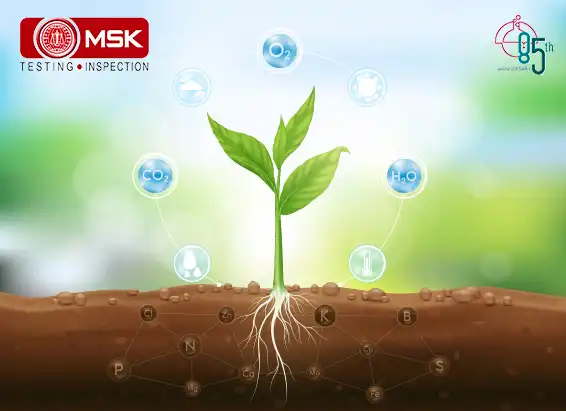
Posted on April 06 2022 By Mitra S.K ADMIN
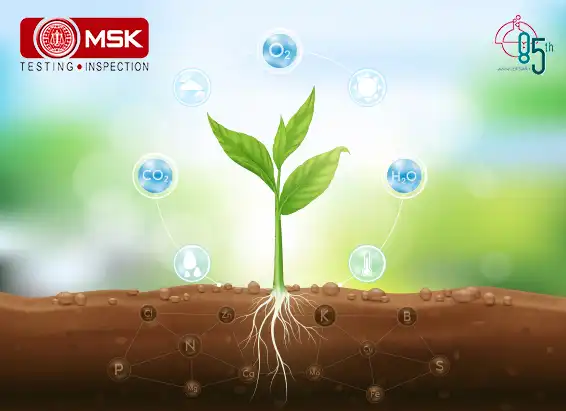
Posted on April 06 2022 By Mitra S.K ADMIN
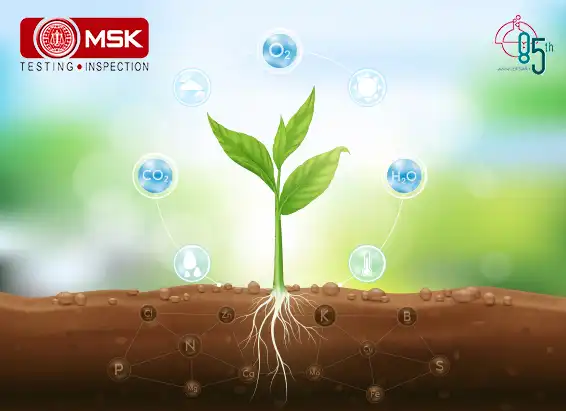
Posted on November 28 2022 By Mitra S.K ADMIN
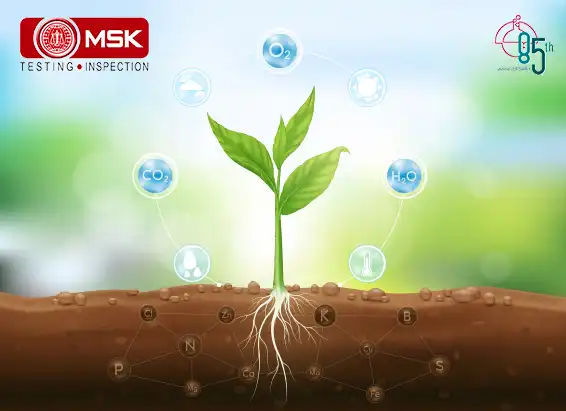
Posted on June 14 2022 By Mitra S.K ADMIN

